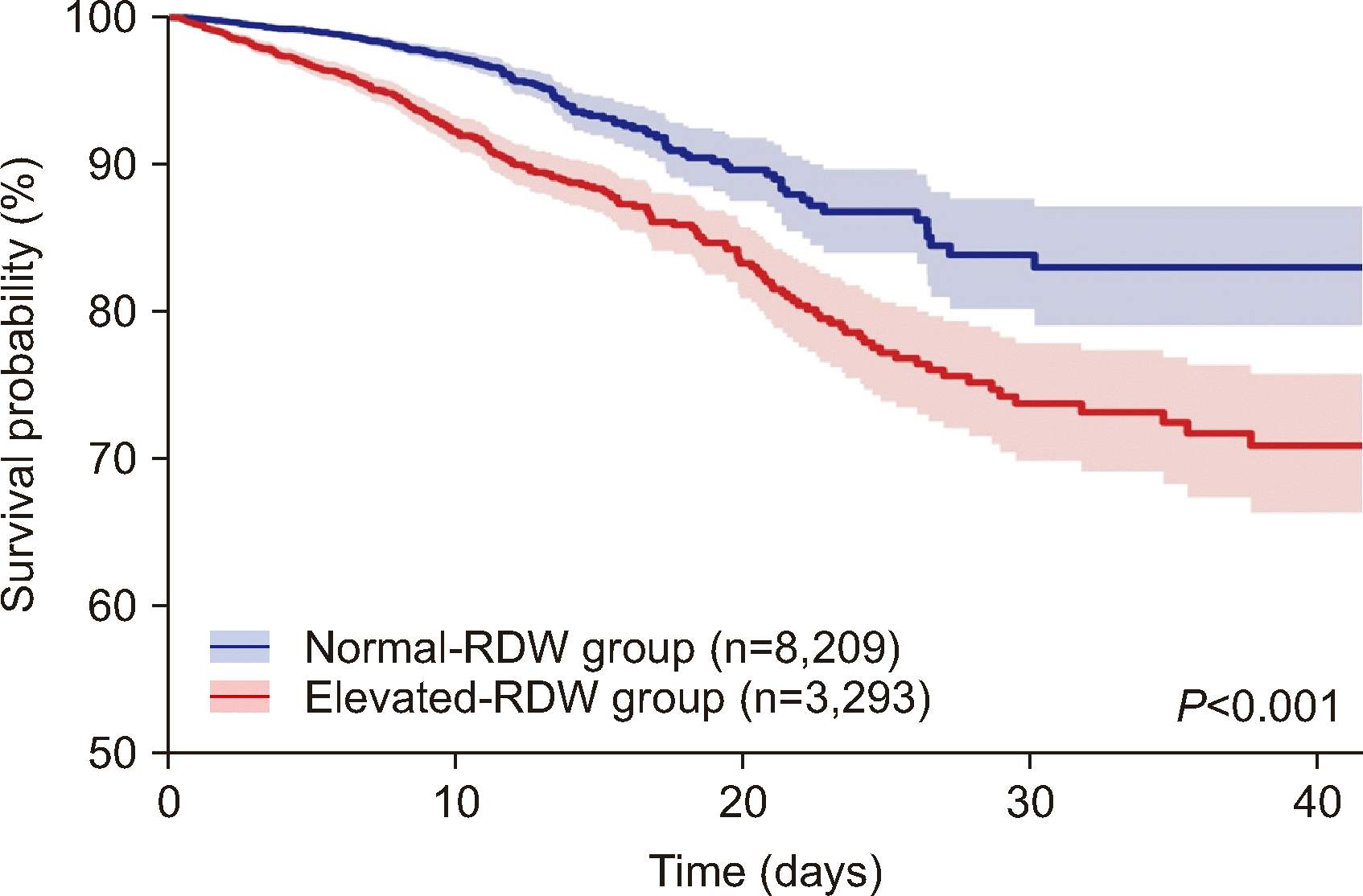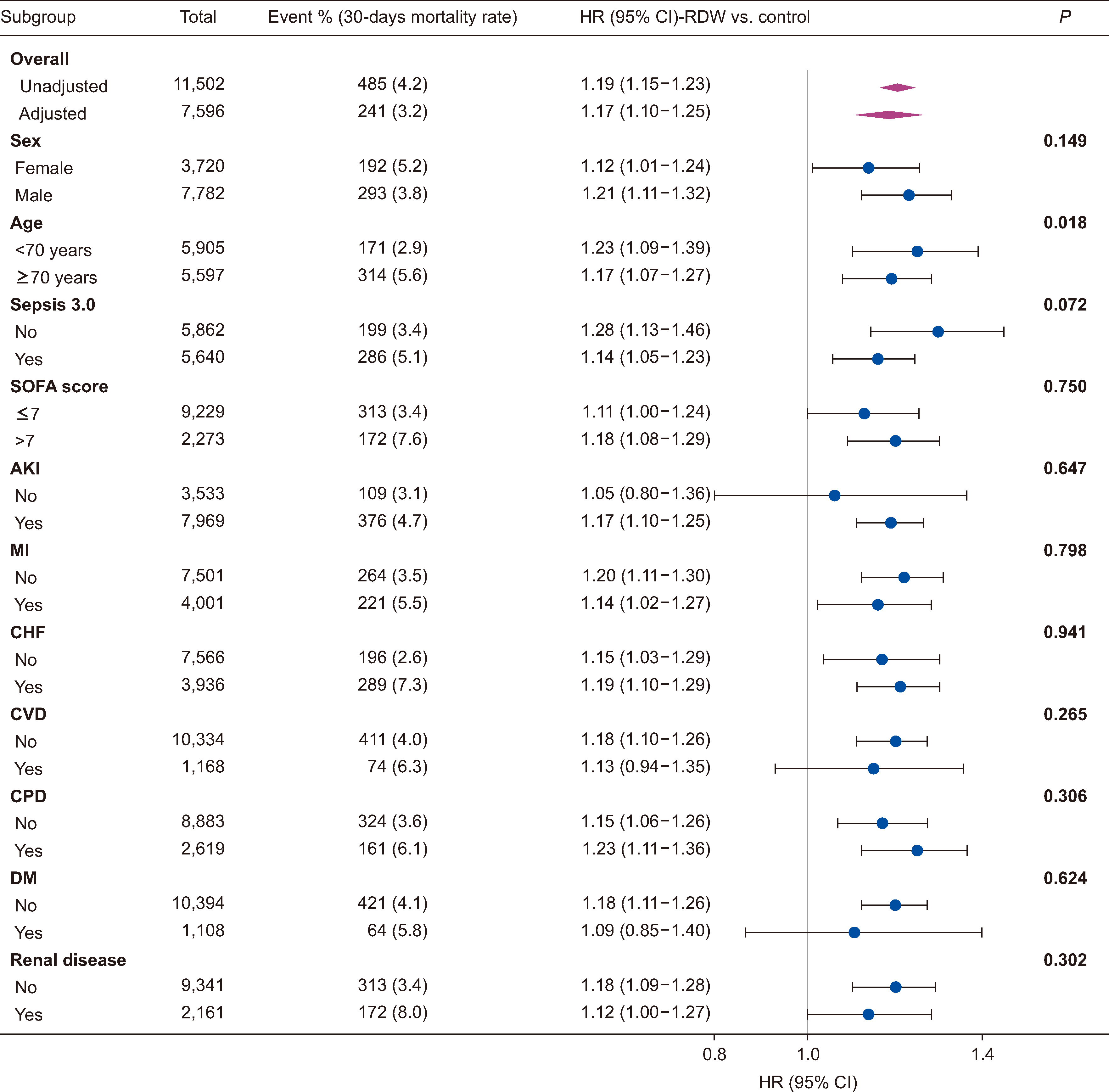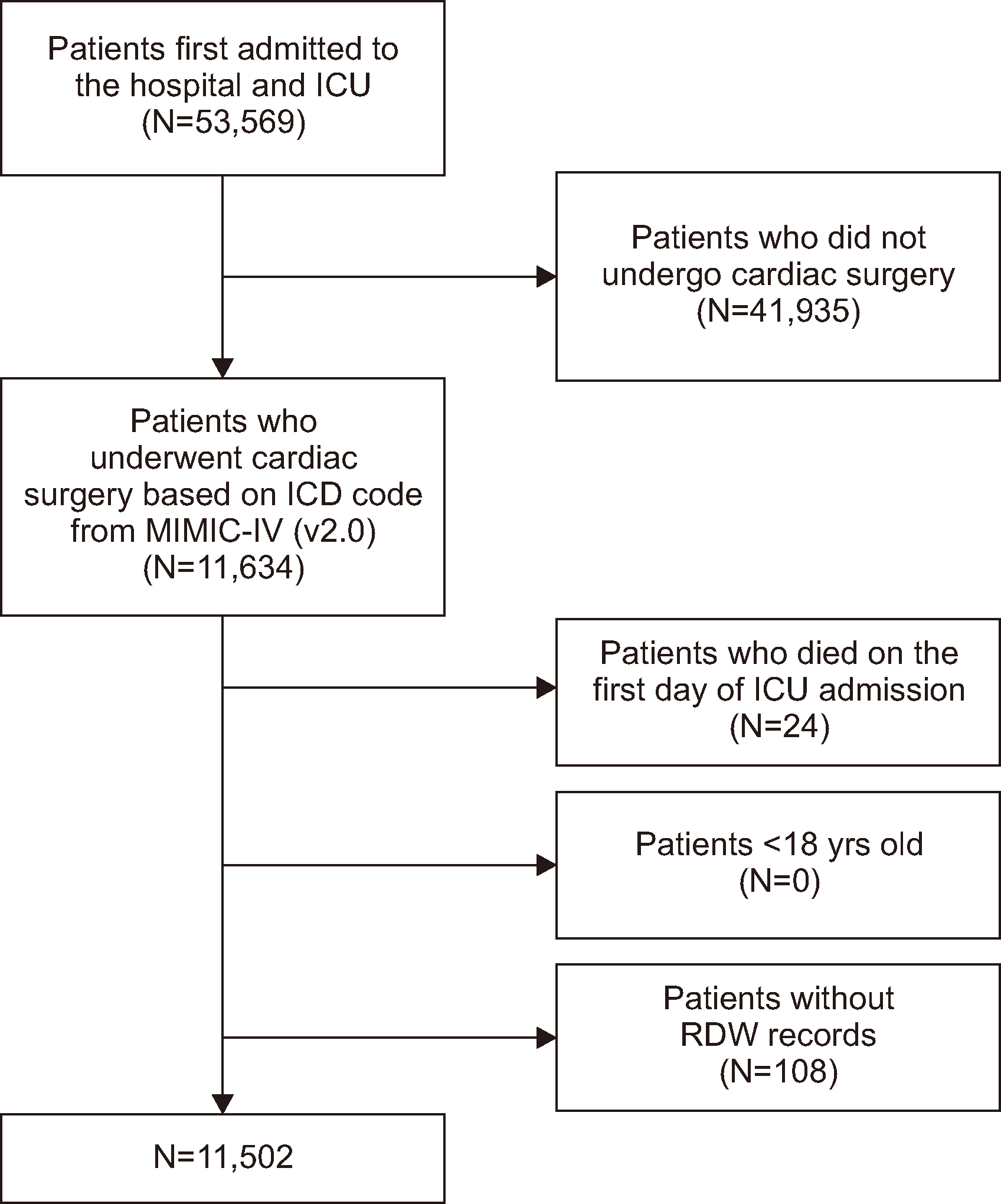1. Mozaffarian D, Benjamin EJ, Go AS, Arnett DK, Blaha MJ, et al. Writing Group Members. 2016; Heart disease and stroke statistics-2016 update: a report from the American Heart Association. Circulation. 133:e38–360. DOI:
10.1161/CIR.0000000000000350. PMID:
26673558.
2. Landoni G, Lomivorotov V, Silvetti S, Nigro Neto C, Pisano A, Alvaro G, et al. 2018; Nonsurgical strategies to reduce mortality in patients undergoing cardiac surgery: an updated consensus process. J Cardiothorac Vasc Anesth. 32:225–35. DOI:
10.1053/j.jvca.2017.06.017. PMID:
29122431.

3. Lazam S, Vanoverschelde JL, Tribouilloy C, Grigioni F, Suri RM, Avierinos JF, et al. 2017; Twenty-year outcome after mitral repair versus replacement for severe degenerative mitral regurgitation: analysis of a large, prospective, multicenter, international registry. Circulation. 135:410–22. DOI:
10.1161/CIRCULATIONAHA.116.023340. PMID:
27899396.

4. Pieri M, Belletti A, Monaco F, Pisano A, Musu M, Dalessandro V, et al. 2016; Outcome of cardiac surgery in patients with low preoperative ejection fraction. BMC Anesthesiol. 16:97. DOI:
10.1186/s12871-016-0271-5. PMID:
27760527. PMCID:
PMC5069974.

5. Nashef SAM, Roques F, Sharples LD, Nilsson J, Smith C, Goldstone AR, et al. 2012; EuroSCORE II. Eur J Cardiothorac Surg. 41:734–45. DOI:
10.1093/ejcts/ezs043. PMID:
22378855.

6. Carino D, Denti P, Ascione G, Del Forno B, Lapenna E, Ruggeri S, et al. 2021; Is the EuroSCORE II reliable in surgical mitral valve repair? A single-centre validation study. Eur J Cardiothorac Surg. 59:863–8. DOI:
10.1093/ejcts/ezaa403. PMID:
33313790.

7. Pinna A, Carlino P, Serra R, Boscia F, Dore S, Carru C, et al. 2021; Red cell distribution width (RDW) and complete blood cell count-derived measures in non-arteritic anterior ischemic optic neuropathy. Int J Med Sci. 18:2239–44. DOI:
10.7150/ijms.53668. PMID:
33859533. PMCID:
PMC8040420.

8. Qi X, Dong Y, Lin X, Xin W. 2021; Value of neutrophil to lymphocyte ratio, platelet to lymphocyte ratio, and red blood cell distribution width in evaluating the prognosis of children with severe pneumonia. Evid Based Complement Alternat Med. 2021:1818469. DOI:
10.1155/2021/1818469. PMID:
34603463. PMCID:
PMC8486541.

9. Salvagno GL, Sanchis-Gomar F, Picanza A, Lippi G. 2015; Red blood cell distribution width: a simple parameter with multiple clinical applications. Crit Rev Clin Lab Sci. 52:86–105. DOI:
10.3109/10408363.2014.992064. PMID:
25535770.

11. Huang S, Zhou Q, Guo N, Zhang Z, Luo L, Luo Y, et al. 2021; Association between red blood cell distribution width and in-hospital mortality in acute myocardial infarction. Medicine. 100:e25404. DOI:
10.1097/MD.0000000000025404. PMID:
33847638. PMCID:
PMC8052072.

12. Singer M, Deutschman CS, Seymour CW, Shankar-Hari M, Annane D, Bauer M, et al. 2016; The third international consensus definitions for sepsis and septic shock (Sepsis-3). JAMA. 315:801–10. DOI:
10.1001/jama.2016.0287. PMID:
26903338. PMCID:
PMC4968574.

13. Warwick R, Mediratta N, Shaw M, McShane J, Pullan M, Chalmers J, et al. 2013; Red cell distribution width and coronary artery bypass surgery. Eur J Cardiothorac Surg. 43:1165–9. DOI:
10.1093/ejcts/ezs609. PMID:
23277431.

14. Frentiu AA, Mao K, Caruana CB, Raveendran D, Perry LA, Penny-Dimri JC, et al. 2023; The prognostic significance of red cell distribution width in cardiac surgery: a systematic review and meta-analysis. J Cardiothorac Vasc Anesth. 37:471–9. DOI:
10.1053/j.jvca.2022.11.015. PMID:
36635145.

16. von Elm E, Altman DG, Egger M, Pocock SJ, Gøtzsche PC, Vandenbroucke JP, et al. 2007; Strengthening the Reporting of Observational Studies in Epidemiology (STROBE) statement: guidelines for reporting observational studies. BMJ. 335:806–8. DOI:
10.1136/bmj.39335.541782.AD. PMID:
17947786. PMCID:
PMC2034723.

18. Otero TM, Canales C, Yeh DD, Hou PC, Belcher DM, Quraishi SA. 2016; Elevated red cell distribution width at initiation of critical care is associated with mortality in surgical intensive care unit patients. J Crit Care. 34:7–11. DOI:
10.1016/j.jcrc.2016.03.005. PMID:
27288601. PMCID:
PMC4903153.

19. Shao Q, Korantzopoulos P, Letsas KP, Tse G, Hong J, Li G, et al. 2018; Red blood cell distribution width as a predictor of atrial fibrillation. J Clin Lab Anal. 32:e22378. DOI:
10.1002/jcla.22378. PMID:
29315856. PMCID:
PMC6817116.

20. Ling J, Liao T, Wu Y, Wang Z, Jin H, Lu F, et al. 2021; Predictive value of red blood cell distribution width in septic shock patients with thrombocytopenia: a retrospective study using machine learning. J Clin Lab Anal. 35:e24053. DOI:
10.1002/jcla.24053. PMID:
34674393. PMCID:
PMC8649348.

21. Pinho J, Silva L, Quintas-Neves M, Marques L, Amorim JM, Reich A, et al. 2021; Red cell distribution width is associated with 30-day mortality in patients with spontaneous intracerebral hemorrhage. Neurocrit Care. 34:825–32. DOI:
10.1007/s12028-020-01103-1. PMID:
32959199. PMCID:
PMC8179905.

22. Smirne C, Grossi G, Pinato DJ, Burlone ME, Mauri FA, Januszewski A, et al. 2015; Evaluation of the red cell distribution width as a biomarker of early mortality in hepatocellular carcinoma. Dig Liver Dis. 47:488–94. DOI:
10.1016/j.dld.2015.03.011. PMID:
25864774.

23. Drakopoulou M, Toutouzas K, Stefanadi E, Tsiamis E, Tousoulis D, Stefanadis C. 2009; Association of inflammatory markers with angiographic severity and extent of coronary artery disease. Atherosclerosis. 206:335–9. DOI:
10.1016/j.atherosclerosis.2009.01.041. PMID:
19264307.

24. Arbel Y, Birati EY, Finkelstein A, Halkin A, Berliner S, Katz BZ, et al. 2014; Red blood cell distribution width and 3-year outcome in patients undergoing cardiac catheterization. J Thromb Thrombolysis. 37:469–74. DOI:
10.1007/s11239-013-0964-2. PMID:
23836454.

25. Maluf CB, Barreto SM, Giatti L, Ribeiro AL, Vidigal PG, Azevedo DRM, et al. 2020; Association between C reactive protein and all-cause mortality in the ELSA-Brasil cohort. J Epidemiol Community Health. 74:421–7. DOI:
10.1136/jech-2019-213289. PMID:
32102838. PMCID:
PMC7307658.

26. Lindmark E, Diderholm E, Wallentin L, Siegbahn A. 2001; Relationship between interleukin 6 and mortality in patients with unstable coronary artery disease: effects of an early invasive or noninvasive strategy. JAMA. 286:2107–13. DOI:
10.1001/jama.286.17.2107. PMID:
11694151.

29. Weimann A, Braga M, Carli F, Higashiguchi T, Hübner M, Klek S, et al. 2021; ESPEN practical guideline: clinical nutrition in surgery. Clin Nutr. 40:4745–61. DOI:
10.1016/j.clnu.2021.03.031. PMID:
34242915.

30. Devereaux PJ, Lamy A, Chan MTV, Allard RV, Lomivorotov VV, Landoni G, et al. 2022; High-sensitivity troponin I after cardiac surgery and 30-day mortality. N Engl J Med. 386:827–36. DOI:
10.1056/NEJMoa2000803. PMID:
35235725.

31. Liu X, Xie L, Zhu W, Zhou Y. 2020; Association of body mass index and all-cause mortality in patients after cardiac surgery: a dose-response meta-analysis. Nutrition. 72:110696. DOI:
10.1016/j.nut.2019.110696. PMID:
32007807.

33. Bouma HR, Mungroop HE, Scheeren TWL, Epema AH. 2021; Very early creatinine changes and 30-day mortality after cardiac surgery. Eur J Anaesthesiol. 38:665. DOI:
10.1097/EJA.0000000000001436. PMID:
33967257.







 PDF
PDF Citation
Citation Print
Print




 XML Download
XML Download